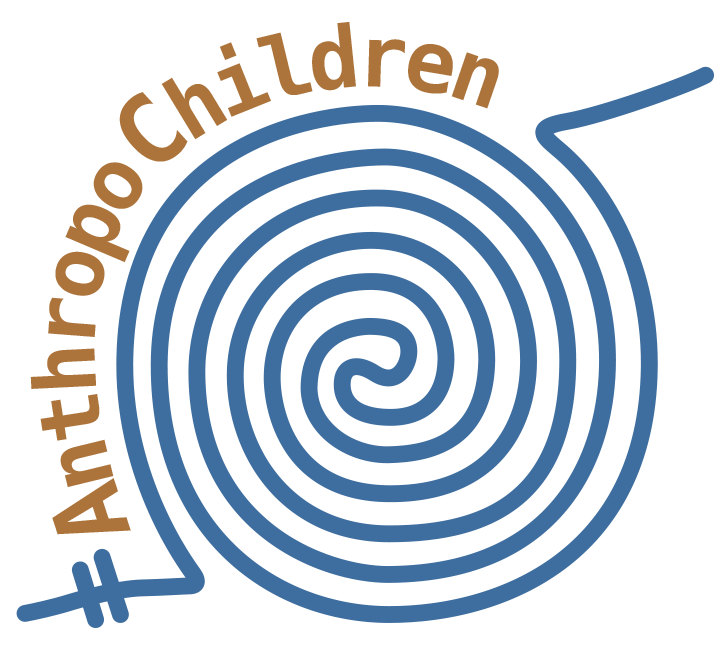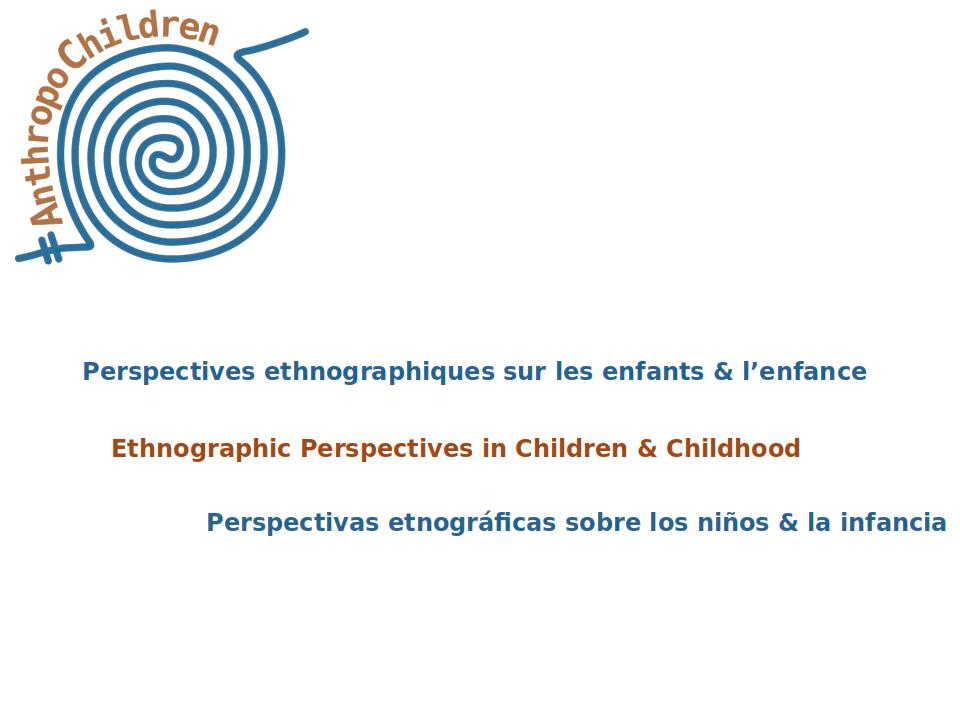- Accueil
- N° 9 (2019-2020) / Issue 9 (2019-2020)
- Teaching the anthropology of childhood at the university of bristol, uk
Visualisation(s): 1603 (3 ULiège)
Téléchargement(s): 126 (0 ULiège)
Teaching the anthropology of childhood at the university of bristol, uk

Document(s) associé(s)
Version PDF originaleNotes de la rédaction
Cet article est distribué suivant les termes et les conditions de la licence CC-BY (https://creativecommons.org/licenses/by/4.0/deed.fr)
Table des matières
Biography and Introduction
1I am a Lecturer in Social Anthropology at the University of Bristol, UK. My research focuses on the lives of children and youth in Amazonian Peru, where I have conducted ethnographic fieldwork over the past ten years working with indigenous Matses people. I specifically examine how children and youth participate in ongoing processes of socioeconomic change that are taking place across Latin America and beyond, and I demonstrate that by making active choices which often imply a shift from the lifestyle of older generations, children/youth are making active choices that will critically shape the future of their societies and of indigeneity more broadly. For example, I have demonstrated how indigenous Matses children are transforming their society’s economy and relationships with the environment by actively pushing for a shift from forest-based towards riverine livelihoods (2017); and how they are driving processes of rural-to-urban migration and the emergence of urban poverty in Amazonia (2015).
2My research approach is quintessentially child-centred, meaning that I address children as primary research participants in order to explore and bring out their own perspectives, voices and worldviews. To do this, I have developed a range of visual methods that can explore children’s imagination and knowledge beyond words, including drawing, participatory photography and co-production of animation.
3I am currently leading a new project—Animating the Future, funded by the British Academy—in collaboration with academic researchers, professional animators and indigenous artists, which aims to tackle the challenges faced by indigenous youth who migrated to urban settings in Amazonian Peru. The project’s goal is to conduct research and co-produce animated films with young people from four indigenous groups in Amazonia, with the objective to use collaborative animation as a form of storytelling that can allow these young migrants to discuss the difficulties they are facing and amplify their voices both locally and internationally.
4Working in the Department of Anthropology and Archaeology at Bristol, I supervise doctoral students interested to examine childhood and youth in different parts of the world, and I teach an undergraduate unit, The Anthropology of Childhood, Learning and Becoming.
Can you explain the functioning of your taught unit, The Anthropology of Childhood, Learning and Becoming?
5“The Anthropology of Childhood, Learning and Becoming” is a second-year undergraduate unit that introduces students to a range of scholarly works and debates in studies of childhood and youth. Students learn about classic and contemporary theories of socialisation, learning, personhood and education, and read ethnographies of childhood and youth from various parts of the world. One of my key objectives is to push students to think carefully about the very concept of “child” and “childhood”, which are often taken as objective or natural categories of existence, and to acknowledge instead that the experiences and meanings associated with childhood are often cultural constructs shaped by social, economic and class contexts, as anthropologists have long argued. I encourage students to evaluate their own experiences of growing up, studying in school, playing and so forth, which many of them take as universal rather than culturally situated, and as I do in all of my teaching, I encourage them to apply scholarly theories to an understanding of everyday life and the society in which they live.
What is the history of the anthropology of childhood at the University of Bristol?
6The first unit in the anthropology of childhood at Bristol was taught by Dr Sarah Winkler Reid, who worked in the Department until 2015 before moving to the University of Newcastle. I was hired to replace her and specifically to teach the same unit, continuing the interest in the anthropology of childhood at Bristol.
7The unit is very popular with students – specialised courses in the anthropology of childhood and youth are not common in British Universities and Bristol is one of the few departments in the country to offer one.
What interest is in your eyes the unit Anthropology of Childhood, Learning and Becoming at Bristol in comparison with other courses that emphasize an interdisciplinary approach to childhood? What is the specificity to the anthropology of childhood taught at Bristol?
8I believe that when teaching any unit in the anthropology of childhood and youth, a certain degree of interdisciplinarity is indispensable. This is because the field of childhood studies is so inherently interdisciplinary and heterogeneous, bringing together scholars from social and evolutionary anthropology, developmental psychology, sociology, human geography and so many others, and it is essential for an anthropologist of childhood to engage with the seminal contributions of scholars of childhood beyond anthropology – such as classic psychology of Piaget and Vygotsky, feminist and gender theory beyond anthropology, or the child-centred turn initiated by sociologists by James and Prout, just to mention a few examples. This is why my syllabus is not just limited to ethnographic and anthropological texts but includes a variety of works from related disciplines across the social sciences.
9In my view, what differentiates teaching the anthropology of childhood from other units in childhood studies more broadly is of course an ethnographic focus that emphasises cultural difference and the situatedness of childhood and youth, and a theoretical approach that frames these understandings and experiences of childhood within a system of meanings, norms and practices that is specific to a certain cultural, economic and class context.
10In terms of what is unique to my own unit at Bristol, I would say that my teaching is research-lead and, as such, the unit is to an extent shaped by my own research interests and expertise. So, while being committed to offering an introduction to the anthropology of childhood and youth that is as broad and holistic as possible, I place particular emphasis on hunter-gatherer childhoods, children and youth in indigenous societies, indigenous ways of learning and ideas of personhood, and the use of participatory methods in child-centred research. I discuss in depth what it means to be a child in Amazonia and specifically in Matses society, where I conduct research, and then evaluate how this differs, often radically, from the experiences of childhood in western, cultural societies – which offers a great opportunity to discuss childhood as a situated, cultural construct.
What are the opportunities for specialization?
11My vision for the future is to expand the interest in the anthropology of childhood and youth at Bristol. I am currently supervising a PhD student, Tammy Gladwin, who is researching ideas of cultural diversity, ethnicity and race amongst schoolchildren in Bristol, gathering data that will not only offer a theoretical contribution to this timely topic, but which can also inform policy. I am interested in continuing to supervise postgraduate students, seeking to establish a community of postgraduate researchers specialised in the anthropology of childhood here at Bristol.
Bibliographie
Morelli C. 2012 « Teaching in the rainforest : exploring Matses children’s affective engagement and multisensory experiences in the classroom », Teaching Anthropology 2(2) : 53-65.
Morelli C. 2015 « Do forest children dream of electric light ? An exploration of Matses children’s imaginings in Peruvian Amazonia » (215-234), In Harris M. & Rapport N. (eds.) Reflections on Imagination : Human Capacity and Ethnographic Method. Farnham : Ashgate.
Morelli C. 2017 « The river echoes with laughter : a child-centred analysis of social change in Amazonia », Journal of the Royal Anthropological Institute 23(1) : 137-154.
Films
2019 « The Right to Change » ; « Eater, Taker, Food » ; « Acate » : Animated films produced by Morelli C., Marsh S. & Pemen Necca G. ; Funded by the British Academy and the University of Bristol.
The films are accessible at the following link: https://vimeo.com/316597910







